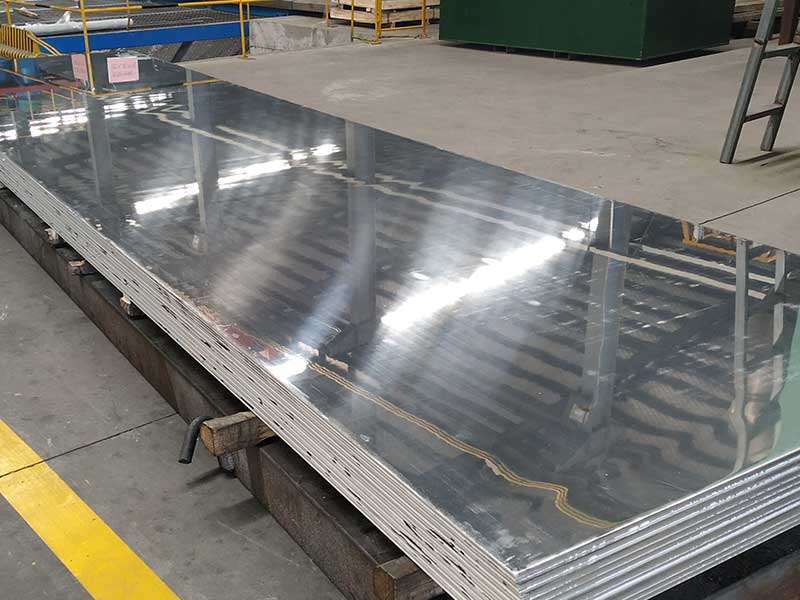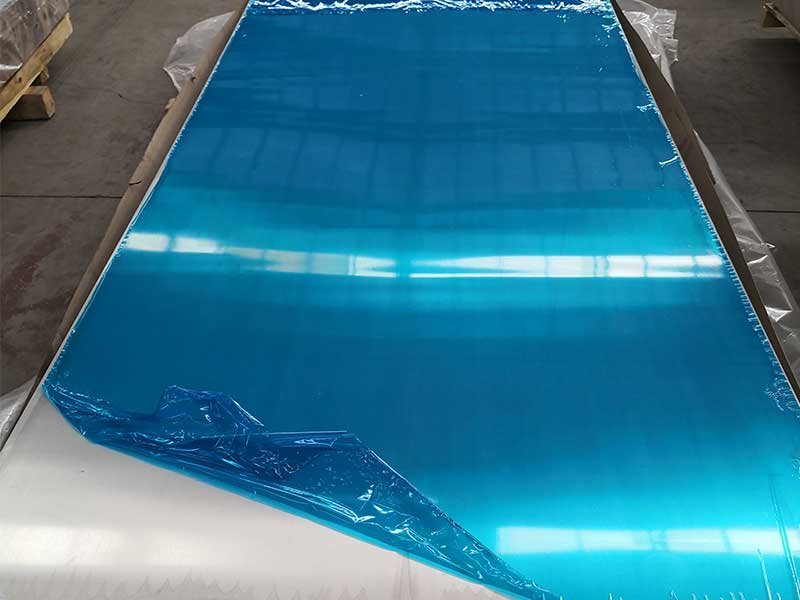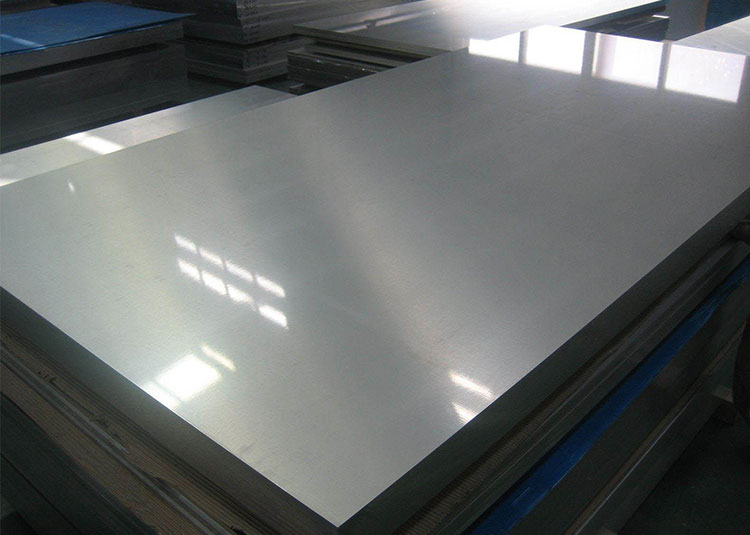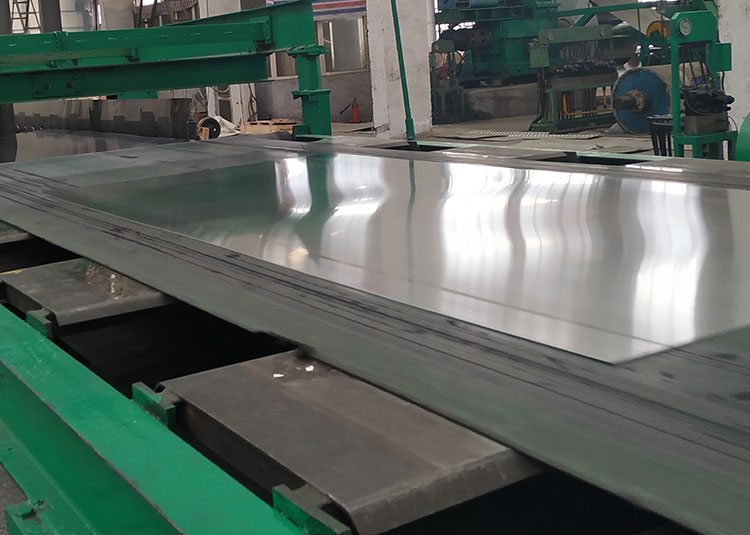As the automotive industry shifts toward more sustainable and efficient materials, automotive aluminum has rapidly gained prominence. Lightweight and durable, aluminum alloys offer a perfect combination of strength and flexibility, making them the material of choice for modern vehicle design. In this article, we explore the Features of automotive aluminum and showcase its diverse applications within the industry.
Features of Automotive Aluminum
1. Lightweight Nature
One of the standout features of automotive aluminum is its lightweight nature. Feeding into the automotive trend of fuel efficiency, manufacturers are increasingly focusing on reducing vehicle weight to enhance performance and increase gas mileage. Aluminum is 30-50% lighter than steel, allowing vehicles to achieve better fuel economy without compromising safety.
2. Corrosion Resistance
Automotive aluminum possesses intrinsic corrosion resistance properties, which extend the lifespan of vehicles while minimizing maintenance costs. The natural oxide layer that forms on aluminum surfaces can prevent rust, thereby providing protected parts—especially in varying weather conditions.
3. Excellent Workability
Another advantage of automotive aluminum is its excellent workability. The versatility of aluminum-based alloys enables advanced manufacturing techniques such as stamping, bending, and welding—which are all catering to detailed and complex automotive designs. This capability allows engineers to create innovative components with efficient assembly processes.
4. Energy Absorption and Safety
Aluminum doesn't just excel in reducing weight; it also offers superior energy absorption characteristics. During an impact, aluminum can deform pleasantly, helping to dissipate energy and improve crash safety metrics. This vital aspect makes it an excellent choice for designing structures like crumple zones, enhancing overall user safety.
5. Sustainability
With increased focus on environmental considerations, the sustainability of automotive aluminum stands out. Recyclable and environmentally friendly, aluminum recaptures 95% of its energy when recycled. Many automotive manufacturers embrace a circular economy model, leading to lightened carbon footprints.
Applications of Automotive Aluminum
1. Body Panels
One of the most common applications of automotive aluminum is in body panels—such as hoods, roofs, and trunk lids. By replacing traditional steel components with aluminum, manufacturers not only reduce weight but also improve the fuel efficiency and agility of the vehicle.
2. Chassis and Suspension
Aluminum alloys are increasingly used in vehicle chassis and suspension systems. The exceptional strength-to-weight ratio of aluminum enhances suspension parts, which is crucial for stability and performance in both everyday driving and extreme conditions.
3. Engine Components
Many automotive manufacturers are integrating aluminum in engine blocks, cylinder heads, and intake manifolds to enhance thermal conductivity and facilitate optimal weight reduction. Because of aluminum's ability to withstand high temperature variations, it plays an integral role in modern engine designs.
4. Electrical Components
As electric vehicles gain prominence, aluminum has become a crucial player in manufacturing electrical components, wiring, and connection systems due to its outstanding conductivity. High-strength aluminum connections contribute significantly to efficiency and reliability.
5. Wheels
Aluminum wheels haverevolutionized vehicle aesthetics along with functionality. Their lightweight nature helps reduce unsprung mass, enhancing handling response, and allowing for creative and visually appealing designs—allotion trom environmental benefits by using sustainable materials.












